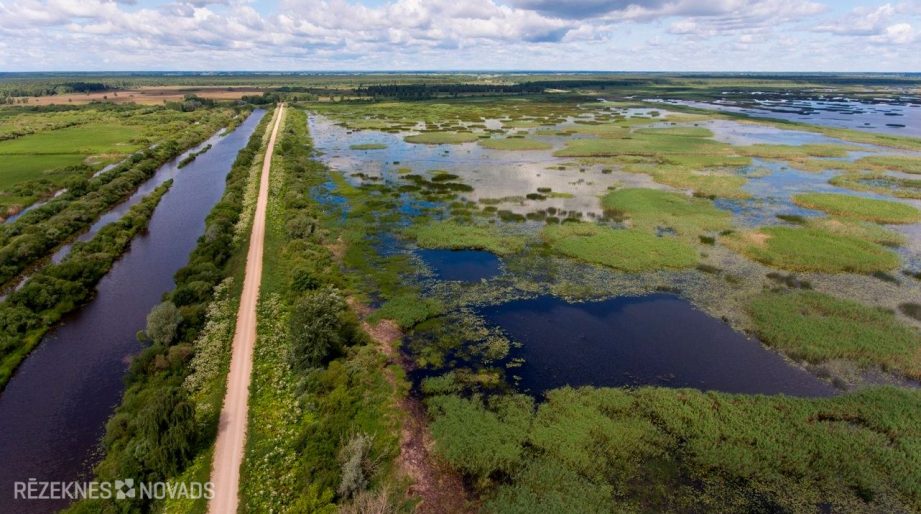Closed Season of the Fourth Natural Counting Rural

Performing natural surveys in Latvian meadows, marshes, forests, rivers and lakes, sea and inland dunes, caves and rocks; approximately two hundred natural experts have recorded the state of Latvia's natural health for a quarter of a year. The three seasonal data currently collected make it possible to think about two kinds of things. The habitat of the rocks and the heaven habitat has been identified more than so far. However, the negative trends are also confirmed: a large proportion of rivers are affected by bebris, the areas of biologically valuable grassland continue to shrink, forest habitats are fragmented, the quality of coastal habitats is affected by increasing anthropogenic load, but the areas of the wooded dunes are reduced due to the building.
The situation is commented on by the natural census leader Irisa Mukāne: “Natural census is the first inventory of natural values at national level. The fourth season of rural work has been closed and we are starting to examine its data, so we are not focusing on the overall figures at this time, as the latest data can make changes. Moreover, it should be recalled that habitat is only one element of the common and functioning ecosystem. '
She continues: “for example, by surveying more than 130 thousand ha of grassland, less than half of them correspond to the status of biologically valuable grassland (BVZ). THE shrinking OF BVZ areas involves changing human habits by moving people to life in the city, increasing the share of arable land, etc. Unfortunately, the grassland is the only group of biotopes that can't exist without human involvement, because they soon grow up with shrubs and trees. The opposite example is forest habitats, which can be very good without human involvement. Over the course of four seasons, around 800 thousand ha of forests selected according to different criteria from the available information, such as the age of forest stands, tree composition and other signs that could indicate that a forest stand or habitat is unlikely to exist in a particular area. Preliminary data show that forest habitats are found in less than one third of the surveyed forest stands. The most forest habitats are discovered in already existing special areas of conservation, but outside of them, in the fourth part of theirs from the surveyed area. It should be noted that these are preliminary results, which will be accompanied by forest habitat areas from the Gauja and Kemeri National Park and the Luban Wetlands, where 162 thousand ha of forests are viewed as a whole. '
It is reminded that the determination of biotopa is valuable information to the land owner about the natural values that are owned by it, which have often been created for several decades or hundreds. In other words, it is an acknowledgement of the most suitable habitat management to date! Unfortunately, not every owner can be proud of such natural values in his own possession.
Natural census data shall be considered in the natural data management system of the nature protection administration Oak (https://ozols.gov.lv/pub) available to anyone and provides more operational and convenient data-handling information.
Over the next months, the data of the fourth season will be monitored by comparing the information available in databases and maps that have been seen on the spot this year. In the second half of 2021, information on all natural census data or European Union (EU) habitats will be compiled, verified and digitally available.
Biotope mapping is only one of three “preconditions for the preservation of biodiversity and the protection of ecosystems in Latvia”. More information is available at www.skaitamdabu.gov.lv, as well as www.daba.gov.lv and www.varam.gov.lv.
Additional information:
Ilze Reinica
Nature Conservation Agency
Assistant of the Natural Counting Manager
Phone: 27858275
Email: ilze.reinika@daba.gov.lv
Photo from Rezekne municipality's website archive